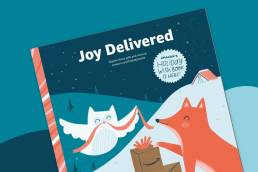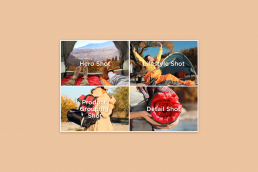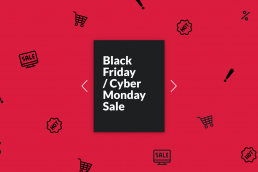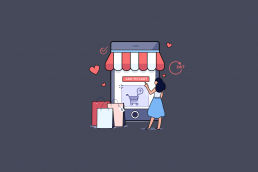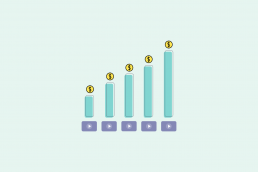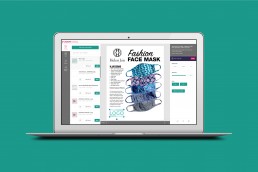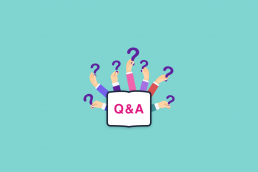How To Steal Amazon’s Print Catalog Strategy
What do you do when the largest eCommerce company in the world starts to step on the toes of your promotional products business? The answer…
6 Digital Catalog Design Trends You Should Know for 2021
Last year we highlighted the top promotional product trends we expected to see in 2020. This year we’re back and ready to deliver 6 catalog…
4 Product Photos That Will Make Your Next Catalog Sell More
A great photo can tell an entire story. Sometimes these photos even have the ability to stop people in their tracks and completely steal…
The Trend This Holiday Season: Experiential Gifts
We all have a holiday gift that’s still in its packaging. As a purveyor of promotional holiday presents, this is the last thing you want to…
How Suppliers Can Dominate Black Friday & Cyber Monday This Year
If you haven’t seen videos of people waiting to go inside a Black Friday sale, let us describe one to you. Imagine a WWE wrestling event…
Promotional Products Holiday Selling 101
Everyone talks about Christmas in July, but we like to talk about it in September. For the promotional products industry, trading in our…
4 Flyers You Should Send This Fall
In the marketing game, you’re constantly battling for the top spot on your customer’s needs list, and the only way to cement yourself there…
Turn Your Website Into A Salesperson That Never Sleeps
Every person considering a purchase from you is going to visit your website. Make sure your digital real estate is ready to convert them…
4 Ways To Increase Sales with Video
With every customer on their phones, you need to start meeting them where they are. More and more suppliers are realizing this and are…
How To Think More Like a Customer in a World Full of Distributors
It’s time to stop thinking like a distributor. That’s right, you need to throw out the old practices and bring in the new—which means…
Customize Promotional Product Flyers in Seconds
We see a lot of posts on social media where distributors are asking how they can get supplier flyers, branded as their own. For those of…
The Top 29 Digital Catalog Questions Answered
We answered ALL the questions we get ALL the time from promotional product suppliers about their digital catalogs and flyers.

